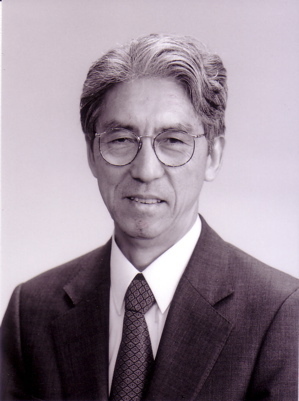fMRI Discoverer to Receive Nobel Notice?
by
Brendon Nafziger, DOTmed News Associate Editor | September 28, 2009

Seiji Ogawa, who discovered
the principles behind fMRI,
could be on the Nobel short list
The man who paved the way for functional MRI might be getting some notice from the Nobel Prize committee next week, according to predictions made by Thomson Reuters.
Thomson Reuters released their annual forecast for the top science prizes on Friday, and named Seiji Ogawa, the man who discovered the principles that led to fMRI, as a contender for picking up a Nobel Prize in the Physiology or Medicine field when the committee announces the winners in that category next Monday, October 5th.
Thomson Reuters' predictions are based mainly on citation frequency -- essentially, how often scientists' work is referenced in the papers of their peers.
"We're using counting of citations as an alternate form of peer review," David Pendlebury, the analyst at Thomson Reuters who makes the yearly predictions, tells DOTmed News. "Peer review is usually done by small groups of experts. This is wide-scale peer review, relying on thousands, if not hundreds of thousands, of experts from peer-reviewed literature."
To make the predictions, Thomson Reuters trawls more than 10,000 journals from around the globe, recording all footnotes and references to determine who is the most cited in a field.
"Counting just the predictions made since 2002, we have [correctly] identified seven prizes, and 11 researchers" who ended up winning a prize, Pendlebury says. "If you consider work we did before 2002, publishing lists of people who might win Nobel prizes, we have picked a prize winner every year since 1989, with the exceptions of 1993 and 1996."
About Seiji Ogawa
Pendlebury says Ogawa's candidacy comes from two highly-cited papers he wrote in 1990 and 1992 that basically created the world of fMRI.
While working at Bell Labs in Murray Hill, New Jersey in the late 1980s and early 1990s, Ogawa discovered that because active, firing neurons consume more oxygen than inactive ones, brain activity could be imaged using magnetic resonance imaging (MRI) by measuring blood oxygen levels in different parts of the brain.
fMRI has gone on to play a major role in psychiatry and neuroscience, helping investigators better understand how the brain works.
Ogawa, who was born in Japan in 1953, won the International Society of Magnetic Resonance (ISMAR) prize two years ago.
Bell Labs (now part of Alcatel-Lucent) was one of the most fruitful research institutions in American history, and brought us such inventions as the transistor, the laser and C programming language, among many other technology advances. At least 11 Bell Lab employees have won the Nobel prize for their work.
